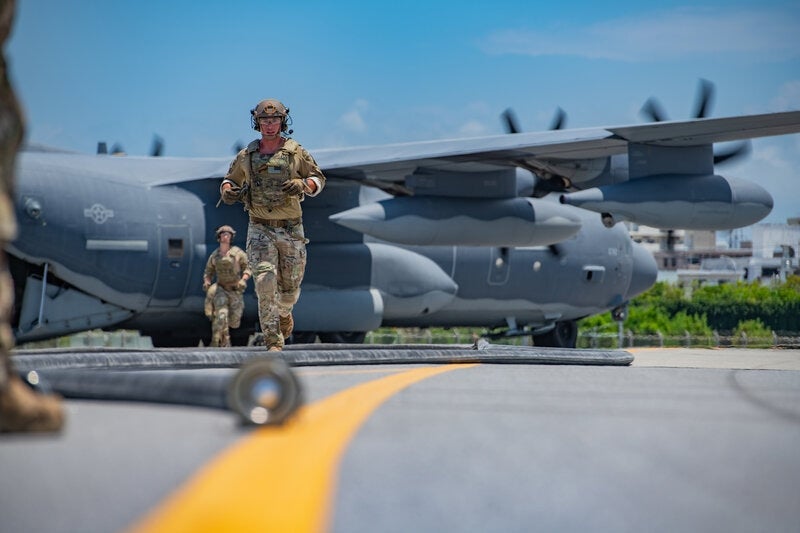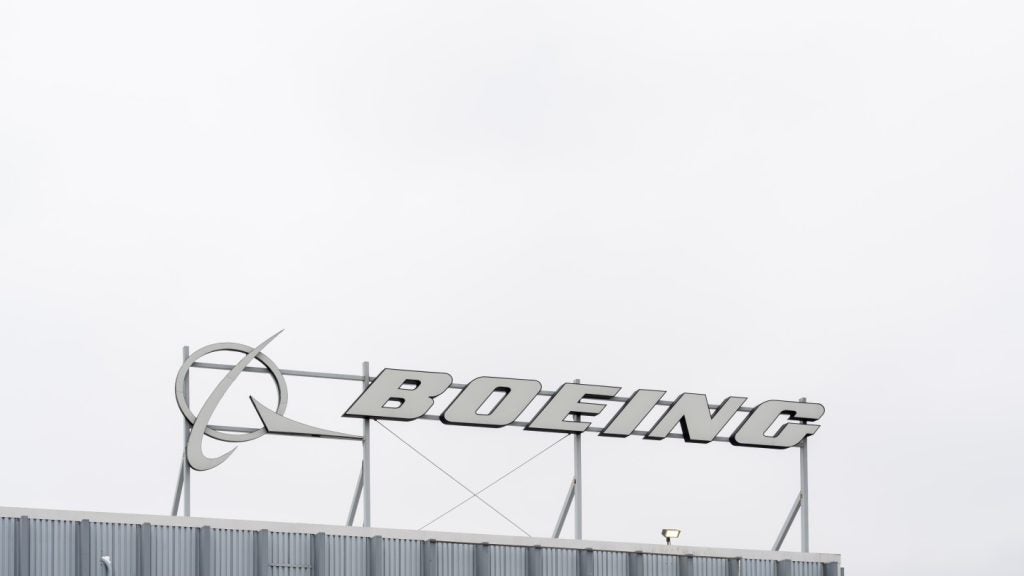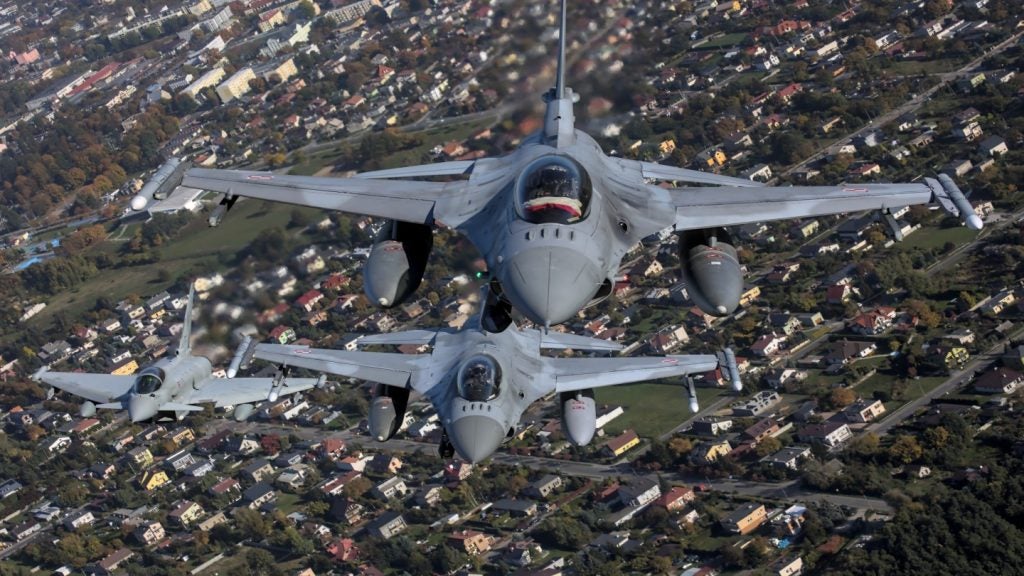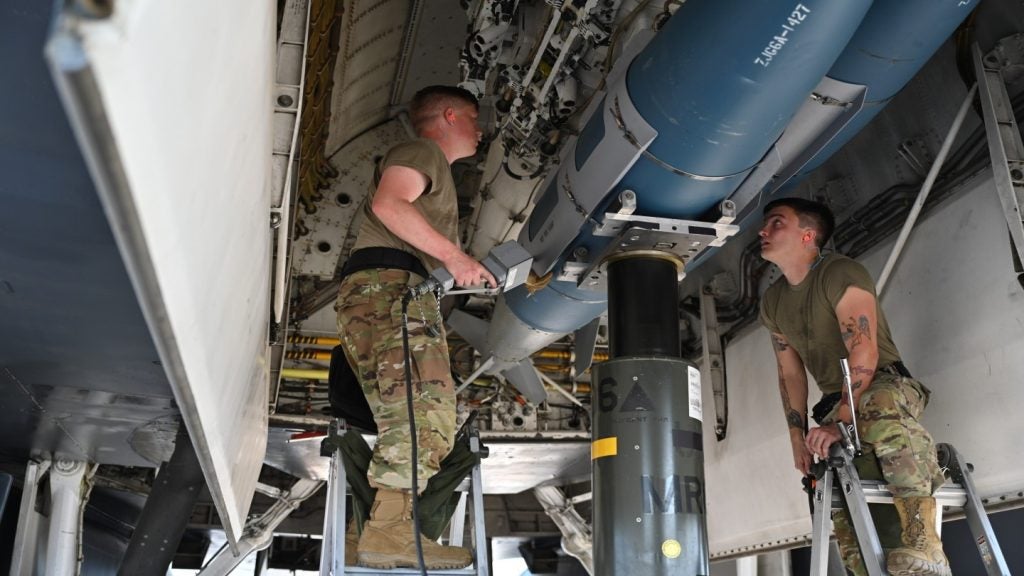
The US Air Force’s (USAF) 18th Wing has hosted the second iteration of Exercise WestPac Rumrunner at Kadena Air Base in Japan.
This exercise allows personnel of the army, navy, marines and airforce to train and improve capabilities and joint interoperability using agile combat employment (ACE).
The training uses units and assets currently stationed or on temporary duty travel (TDY) in the Western Pacific area of responsibility.
During the second iteration, the airspace and base were integrated with combat search and rescue, tankers, fighters and E-3s.
Other participating units and assets included P-8s, F-16s and C-130Js from Yokota and Misawa.
The day-long exercise on 31 July provided multiple training opportunities, ranging from planning to the exercise completion.
How well do you really know your competitors?
Access the most comprehensive Company Profiles on the market, powered by GlobalData. Save hours of research. Gain competitive edge.

Thank you!
Your download email will arrive shortly
Not ready to buy yet? Download a free sample
We are confident about the unique quality of our Company Profiles. However, we want you to make the most beneficial decision for your business, so we offer a free sample that you can download by submitting the below form
By GlobalDataUnlike most bases that allow operations only with whatever assets are available on location and do not allow practising tactics with several assets outside of their own, WestPac Rumrunner allowed this.
Exercise WestPac Rumrunner 18th Operations Group standardization and evaluation F-15C branch exercise director Captain Scott Addy said: “This exercise represents an evolution in how the 18th Wing trains with joint partners.
“Rumrunner is a unique exercise because it was a grassroots effort to strengthen Western Pacific joint forces as a cohesive fighting force capable of transiting vast distances, entering the same battlespace from dispersed locations and being capable to fight while remaining agile, flexible, autonomous, and lethal.”
During the exercise, the US Navy served as the primary maritime strike component and concluded the critical entire surface warfare kill chain.
The USAF provided air defence for the P-8 aircraft and personnel recovery assets.
The army did not participate in the tactical aspect of the mission. However, the large exercise allowed testing of systems integration.
Exercise WestPac Rumrunner from Misawa Air Base, Japan 13th Fighter Squadron lead planner Captain Adam Engelhardt said: “This exercise tested our ability to project air power across a vast distance and defend different aircraft performing multiple mission sets while mitigating the risks of Covid-19.
“Projecting combat air power has its own set of challenges and having the opportunity to practice that capability is crucial in enhancing our agile combat employment skills.”







